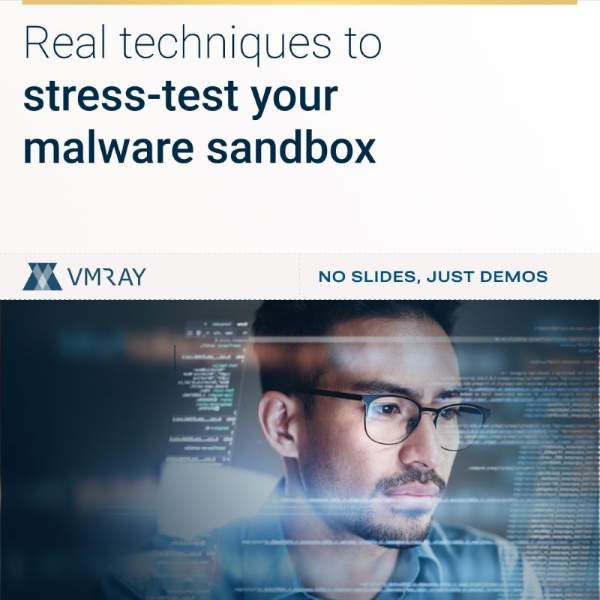Chapter 2: How to get from reactive response to proactive defense
To effectively keep up with the ever-evolving threat landscape, transitioning from reactive response to proactive defense is key. In this chapter, we explore the three essential elements that facilitate this transition:
processes, automation, and collaboration.
Firstly, establishing robust processes is crucial. Clear, concise, and well-documented methodologies tailored to each type of incident are essential. Fortunately, there are numerous valuable resources available to shape and enhance these processes, identifying areas for improvement and adapting as your maturity level increases.
The second aspect is automation, which plays a vital role in streamlining incident response. By leveraging connectors, APIs, and custom code, tasks can be automated to accelerate the response process. Automation not only boosts efficiency but also frees up valuable time for addressing critical tasks and developing new skills.
The third element, collaboration, presents a common challenge for incident response (IR) teams. While IR professionals possess exceptional problem-solving skills, building effective collaboration mechanisms requires more than individual expertise. It necessitates tapping into the broad range of knowledge and insights offered by other teams. Collaborative efforts between incident response and detection engineering teams, whether through engineering, tuning, or other collaborative activities, foster productive feedback loops and yield significant benefits.
Furthermore, collaboration extends to the prevention side of security. As demonstrated by recent Qbot campaigns, no prevention solution can guarantee foolproof protection. By working together, sharing insights, and enhancing preventive measures, organizations can bolster their defenses and mitigate emerging threats.


